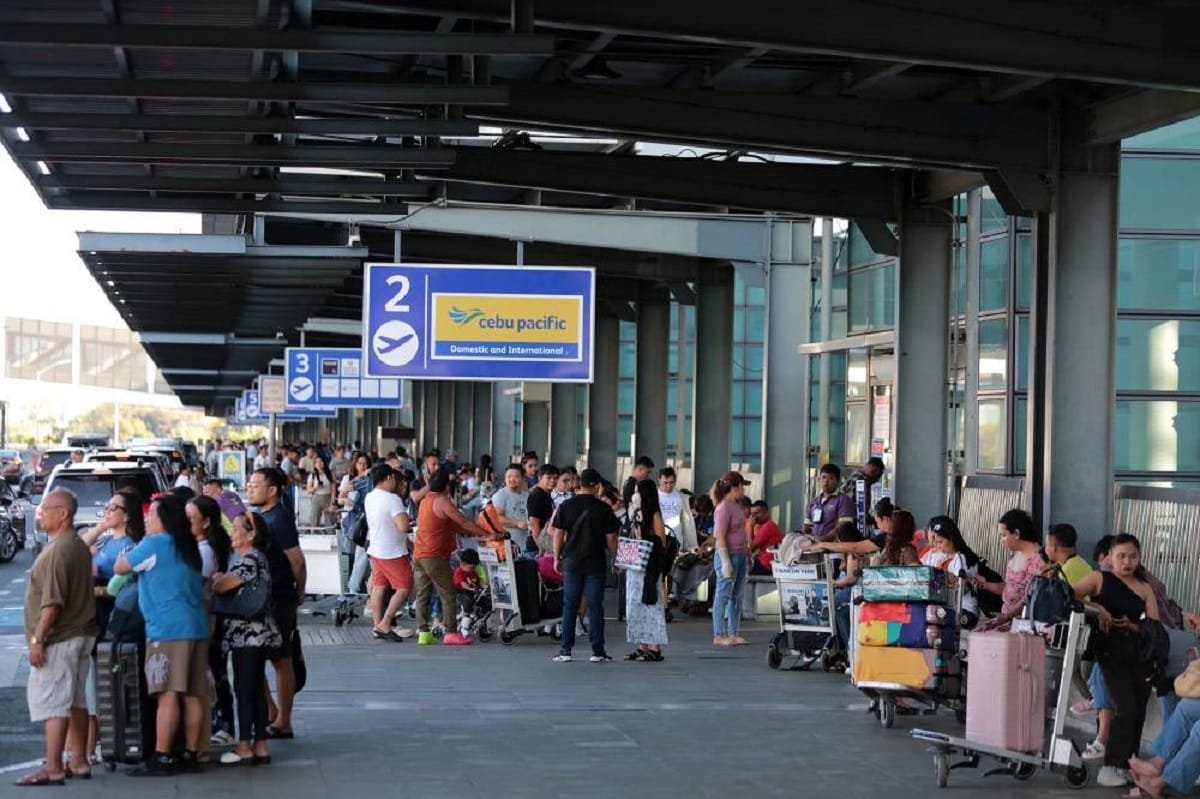More flights, travelers logged at Naia in January-October

Passengers arrive at the Ninoy Aquino International Airport (NAIA) terminal 3 in Paranaque City on Sunday, March 3, 2024. INQUIRER FILE PHOTO / GRIG C. MONTEGRANDE
The travel momentum has resulted in heavier foot traffic at the country’s main gateway, Ninoy Aquino International Airport (Naia), in January to October.
In a report, the Manila International Airport Authority (MIAA) noted that passenger volume for the 10-month period grew by nearly 11 percent to 41.4 million from 37.39 million a year ago.
READ: The long, difficult route to Naia rehabilitation
Domestic passengers accounted for the most of the volume with 22.26 million, showing an 8-percent increase from 20.7 million in the same period last year.
International passenger volume, meanwhile, rose by 15 percent to 19.14 million.
The rise in passenger volumes is supported by the increase in the number of operated flights during the period.
T4 makeover
Naia accommodated 243,787 flights in January to October, which was 10 percent more than 222,282 flights logged in the same period last year.
The number of flights to local destinations rose by 7 percent to 148,316, while those going abroad climbed by 14 percent to 95,471.
Both the passenger traffic and flight volume are expected to sustain momentum for the rest of the year in view of the holiday season.
Naia Terminal 4 has started undergoing renovation and safety upgrades, which are targeted to be finished by February next year.
Angelito Alvarez, general manager of New Naia Infra Corp. (NNIC), said this would cost about P200 million.
As a result, the flights of boutique airlines AirSwift and Sunlight Air, as well as Cebu Pacific’s regional brand Cebgo Inc., were transferred to Terminal 2, where Philippine Airlines operates its domestic flights.
The renovation at Terminal 4 is in line with NNIC’s mandate of rehabilitating the congested airport, which has been receiving complaints from passengers through the years because of operational inefficiencies.
More terminal reassignments are expected by the first quarter of next year as a way to improve the efficiency of runway use so the airport can accommodate more flights.
In addition, this can lead to fewer flight delays and better on-time performance for the airlines.
NNIC is also planning to build a new passenger terminal building with an annual capacity of 35 million passengers. INQ
